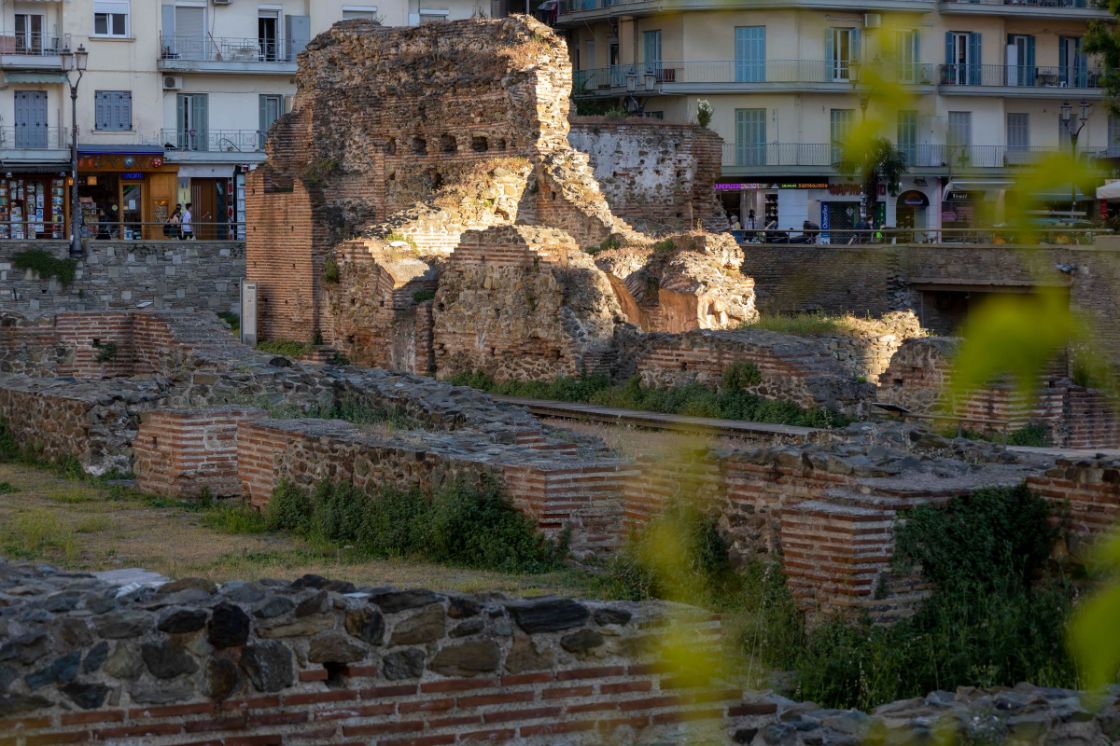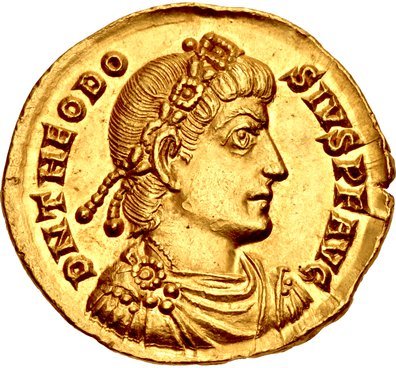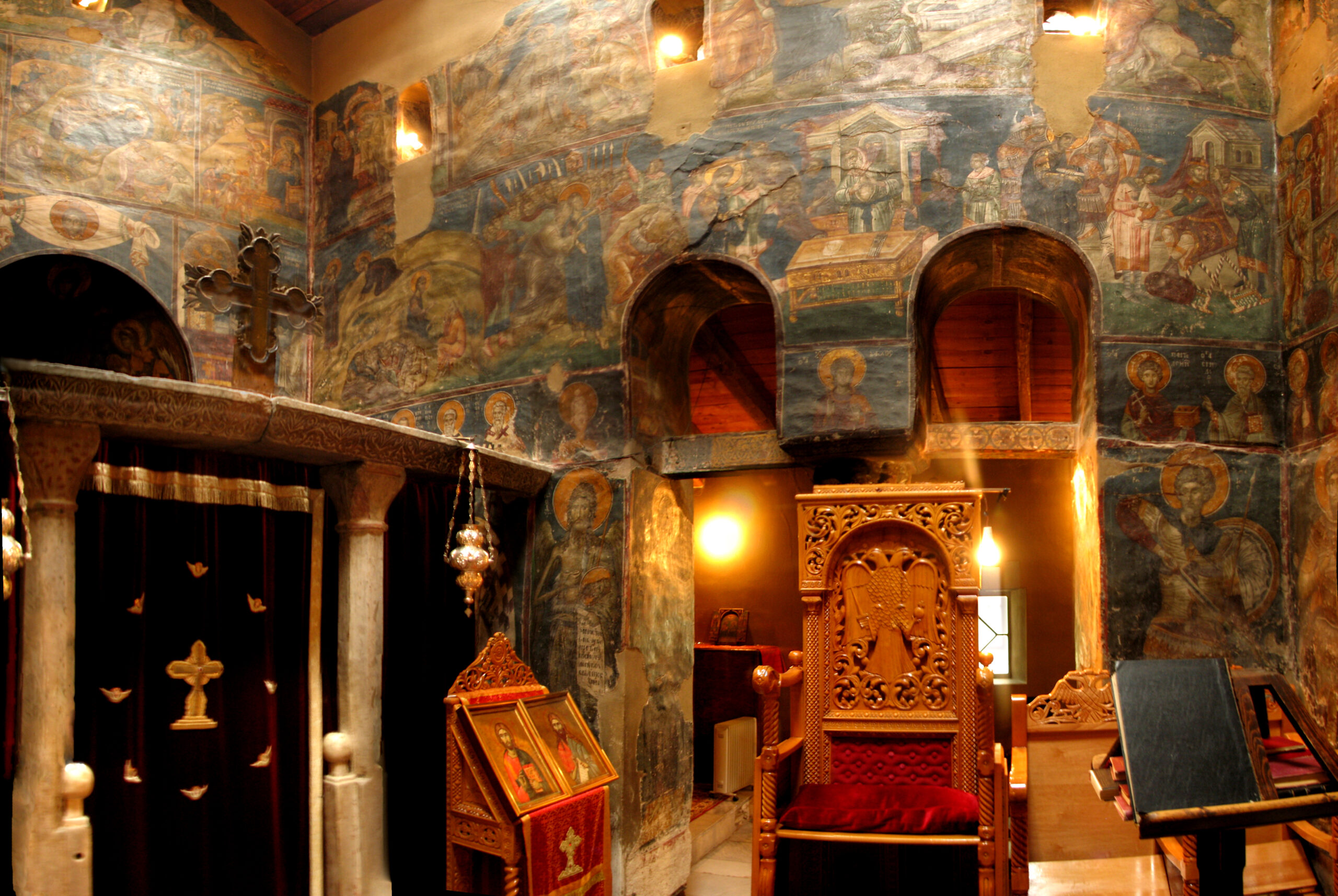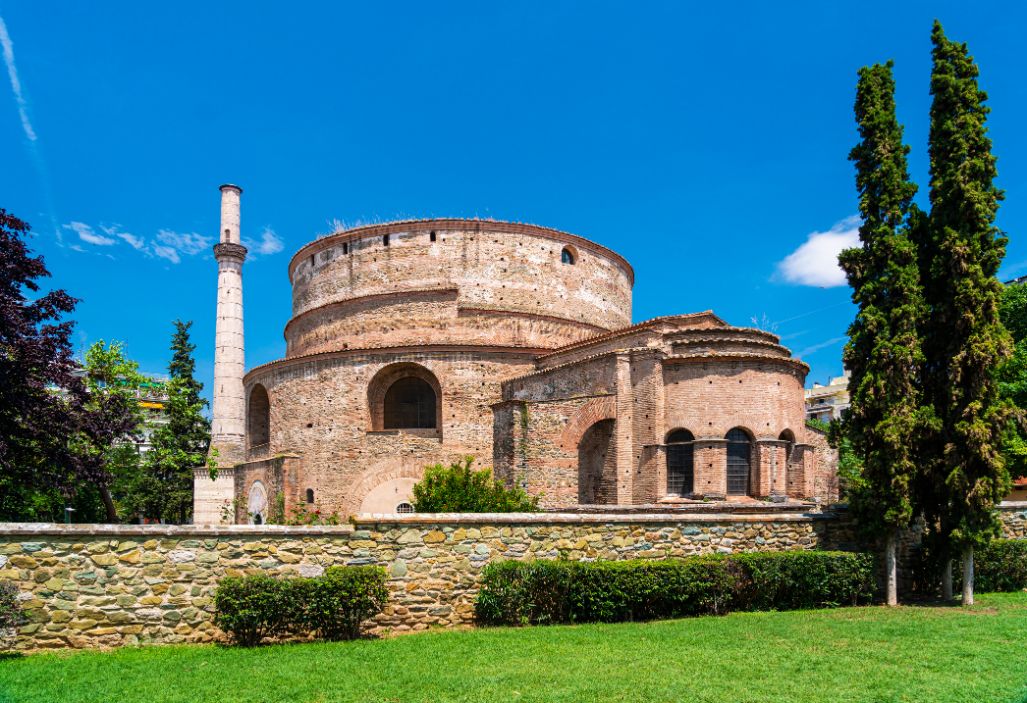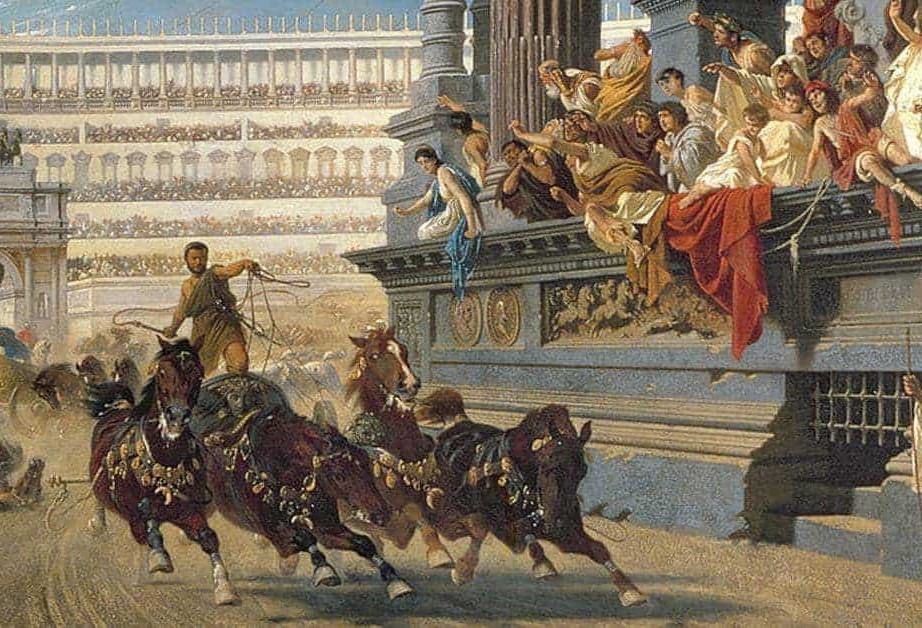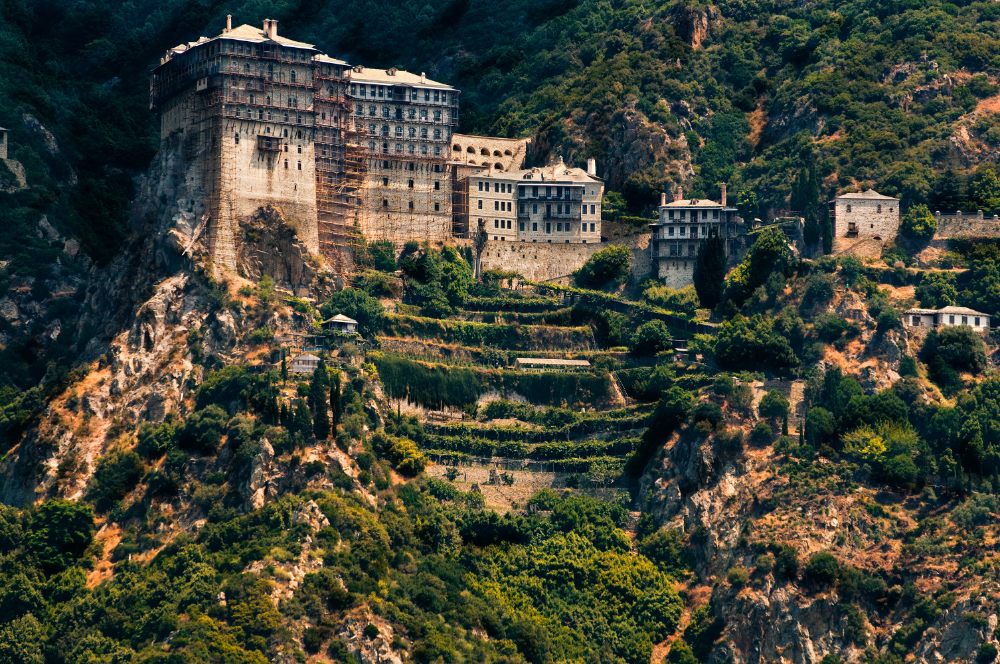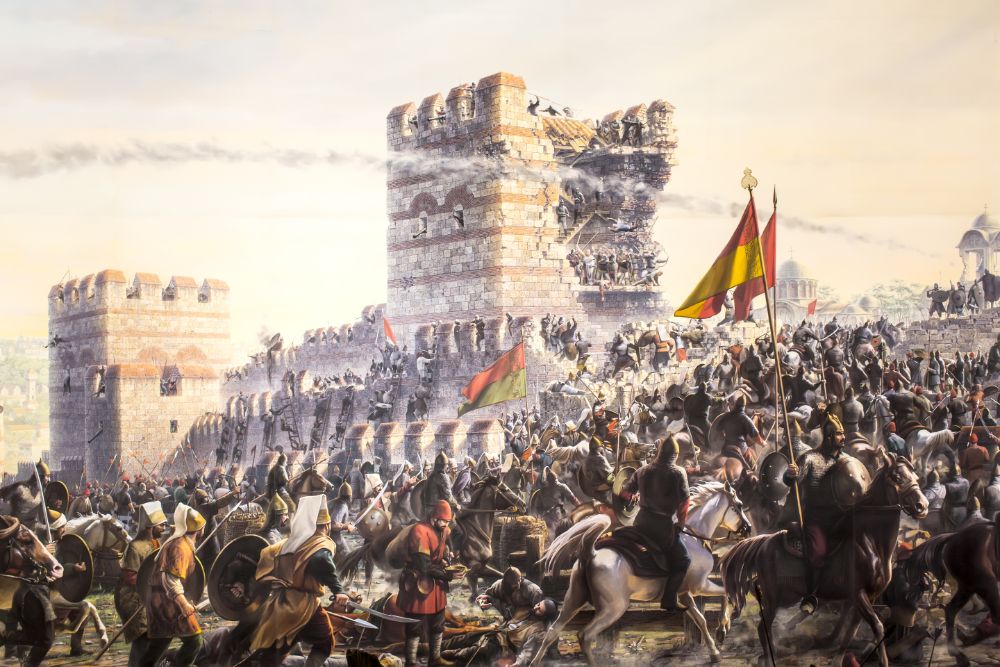From Roman Grandeur to Byzantine Legacy
The Galerius Palace in Thessaloniki, built in the early 4th century CE, stands as a remarkable testament to the Roman imperial era while also marking the transition to Byzantine influence. Originally constructed as the residence of Emperor Galerius, the palace exemplified Roman architectural opulence, featuring vast courtyards, monumental entrances, and sophisticated living quarters. However, its true uniqueness lies in the layers of history it represents—spanning from the Roman to the Byzantine period.
After the fall of the Roman Empire, the Galerius Palace was repurposed and transformed under Byzantine rule. Its architectural elements, such as the Rotunda and palatial structures, were adapted into Christian religious spaces, including churches and monasteries. This blending of Roman imperial and Byzantine Christian features marks an interesting shift in architectural and cultural practices, as the palace transitioned from a symbol of imperial power to a reflection of Christian imperial authority.
One of the most fascinating aspects of the palace’s later use is its incorporation into the city’s fortification system. During the Byzantine period, parts of the palace complex were integrated into the city walls, illustrating the continuity of the site’s importance as a stronghold and symbol of political power in the region.
Today, the Galerius Palace remains a vital site that reflects the rich Roman and Byzantine heritage of Thessaloniki, showcasing the city’s pivotal role at the crossroads of ancient and medieval civilizations.

